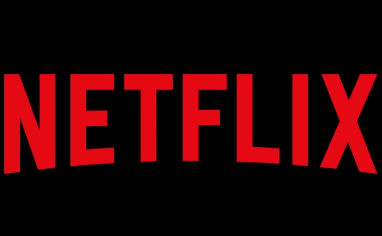 Netflix in 2019 launched about nine times as much original programming as its chief video-streaming rival Amazon, reflecting the divergent business models of the two companies.
Netflix in 2019 launched about nine times as much original programming as its chief video-streaming rival Amazon, reflecting the divergent business models of the two companies.
Last year, Netflix released 2,701 hours’ worth of original programming, compared to just 314 hours for Amazon Prime Video, according to the Omdia Original Online Production Report – 2020. Netflix offered a total of 657 first-run original titles in 2019, massively outstripping the 70 new titles from Amazon Prime Video.
Compared to 2018, Netflix increased its hours and titles of original programming by 78 percent and 70 percent respectively in 2019. In contrast, Amazon’s hours declined by 18 percent and titles decreased by 5 percent.
“Rather than competing head-on, Netflix and Amazon are in very different businesses—as illustrated by the original programming results from 2019,” said Tim Westcott, research director, channels & programming, for Omdia. “Netflix is a pure-play subscription streaming business that needs to fuel its continued international growth; Amazon is first and foremost a retailer, using video as an add-on to its Prime delivery business. In pursuit if its streaming strategy, Netflix is evolving into a Hollywood-style studio, building its defenses against the likes of Apple and Disney+ by offering an increasing volume of original programs.”
Netflix focuses on the international box office
Non-U.S. productions were the main factor driving Netflix’s programming increase in 2019, with 1,562 hours originating overseas, up from 578 hours in 2018. The 1,139 hours of production sourced from the United States in 2019 were up 20 percent from 2018.
For the first time, most of Netflix’s original content was produced outside the U.S. in 2019, accounting for 58 percent of total hours. The company’s non-U.S. originals were up 175 percent while non-U.S. subscriptions increased by 24 percent.
“Netflix sourced a majority of its original content outside the United States in 2019, but there is more to this phenomenon than simply driving international growth,” Westcott said. “Of course, local productions help to drive international growth, but Netflix is a global platform seeking content that can appeal to audiences all over the world. Non-U.S. productions tend to be a lot cheaper, giving Netflix a more cost-effective way to address audiences in the United States and across the globe.”
Netflix basks in international stardom
At the end of 2019, Netflix reported 109 million international subscribers, 64 percent of its overall total. International subscribers rose 24 percent compared to 2018, while growth in the United States was a relatively modest 3 percent.
Clearly, more international original content is key to driving continued growth, along with local currency pricing, partnerships with local operators, and local acquisitions. However, the relationship between international content and the platform’s growth in the international market is not so straightforward.
Netflix is primarily a global platform, so its original series are designed to appeal to worldwide audiences rather than simply delivering an upside in a local market. For example, take La Casa de Papel (Money Heist), the Spanish-language series picked up by Netflix after the first season on national terrestrial TV in Spain. According to Netflix, this is Netflix’s most viewed series not in the English language, with 44 million views between October 2018 and September 2019. The U.K. productions Sex Education (40 million) and Our Planet (33 million) and another Spanish series, Elite (20 million), also featured among the streaming platform’s top-10 shows per Netflix.


